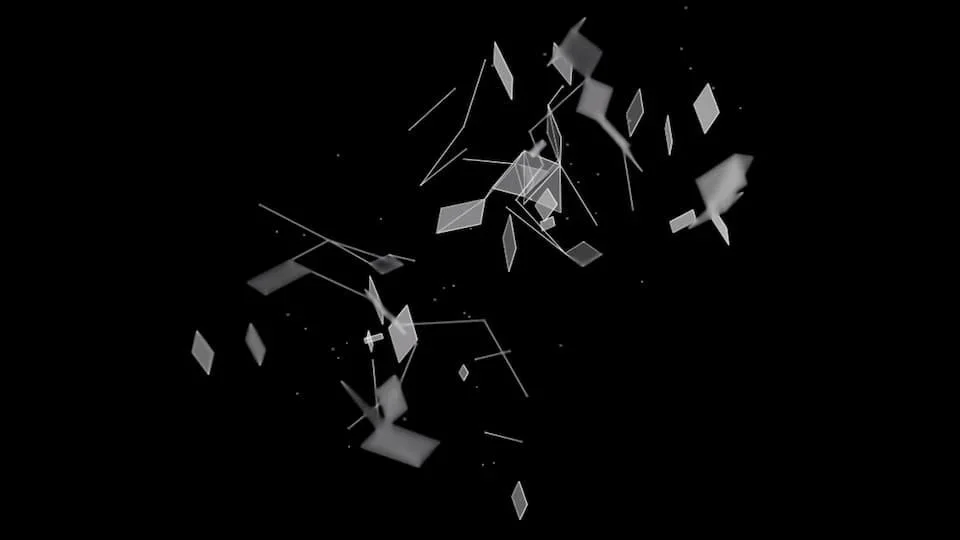let's start with sonic branding
Sonic branding is the strategic application of sound and music to a brand to help form an identity. It’s a vital part of a consumer’s sensory experience, as sound, and music in particular, has a direct cognitive link to our memories. This means multi-sensory experiences with strategically applied sound can have lasting effects on memory and association. When approaching sound for digital and immersive experiences, we think about the sonic strategy being broken down into two elements, the sonic palette and the sonic landscape.
Want to explore the possibilities of new technologies? Get in touch to explore ideas.
Want to explore the possibilities of new technologies? Get in touch to explore ideas.
SONIC Palette
Similar to a colour palette, where complimentary colours are combined visually – a sound palette is a suite of sounds and tones that work together, usually coming from a homogenous family of sources. For example, the sonic palette could be comprised of all natural sounds like recorded wooden percussion, or all digital sounds, generated entirely using computers. Using a tight sonic palette for a digital experience makes you feel more immersed in a subtle way, as the sounds work together to create a frictionless listening experience.
SONIC landscape
The sonic landscape is everything you can hear within an experience, from the ambient soundtrack, to the UI and interactive sounds. The landscape should be a harmonious blend of background sounds that create the mood and tone of the experience, and the UI sounds that give the user important feedback for signposting, or rewards. For example, in our upcoming road safety series for RSA, directional sound helps you navigate between areas and supports visual cues.
sound allows you to create culture, not just follow it
Strategic sound and sonic branding differentiates experiences. It’s a crucial part element of effective, emotive storytelling. For example have you ever watched a thriller or a horror movie without the sound? – it just doesn’t work. The heightened adrenaline response we have to sound makes a vital tool in creating visceral, memorable experiences.
It’s equally as important as a brand’s visual output, and it’s for brand guidelines to be evolving to include audible guidelines. Typically the furthest brands go is to licence a well-known commercial song, but it’s an easy-win to associate with culture, to use nostalgic references but creating culture with sound – that’s a heavily neglected space.
where do you start exploring the sonic direction of an experience?
Firstly understanding where sound can be applied, and its role in providing encouragement, reward and much needed sign posting for their experience.
Several large brands have a very clear, consistent sound for example: McDonalds, Dyson & Skype but this isn’t for the select few. SMEs without the same resources can still define themselves sonically.
a sonic toolkit includes:
A sonic logo
A guideline for accents/tone for videos that have VO
Soundscapes (your palette and landscape)
UX sounds
Music
We consistently work with sound designers to build in a sonic strategy for our immersive experiences. Developing reusable, universal sonic assets.
Certain sounds have an association to rewards which makes it interesting to build in, for more gamified experiences.
How we use sound in design: Natural > Digital Sounds
Sound is considered early on in our design process. We ask ourselves, where do we need application, and what can we do to create a full immersion for the viewer/audience? Creative Directors need to be able to think sonically and it’s often why VR, or digital experiences fall flat.
For example; when working on the digital sanctuary for Helsinki Fashion Week, (see clip above) we worked closely with The Mono Company to create a natural calming environment. The sound helped the digitally rendered space become more believable and immersive.
Even our virtual office has a consistent stereo playing in the background, to reflect the sounds of our real life office. Background noise makes it less jarring to the ears, our brains don’t enjoy silence as we’re constantly looking for stimulating feedback to feel safe and comfortable.
We design the majority of our experiences with spatial audio, mimicking real life to be able to trick your mind into believing the environment is real. Unnatural sounds, make you start to disassociate and can make an experience feel flat. We link our visual output with audio to create a more naturalistic space.
Ultimately, good sound is un-distracting and beds into the experience in an almost imperceptible way, meaning brand messaging comes across more clearly as the users attention is on what they’re doing and seeing. Sonic strategy is a secret weapon that brands can harness to make their immersive experiences more impactful, which is why we approach all of our projects with sound in mind.
We’re always looking to expand our network of creative collaborators, from technical specialists to people that work in more traditional art forms. LAUNCH exists to blend the barriers between creative practices and new tech. Get in touch to explore ideas.




